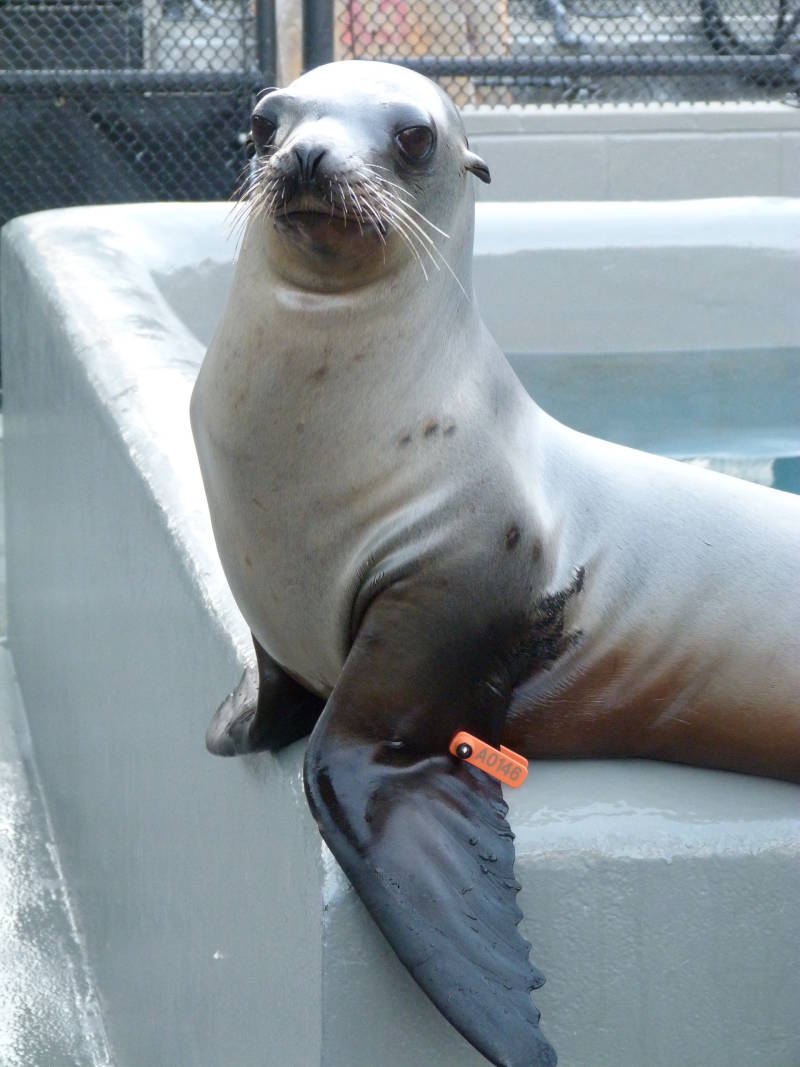Another wayward pinniped visited Highway 37 this week, causing traffic to grind to a halt by Tuesday morning. It was near the stretch where traffic snarled in December when a 900-pound elephant seal tried to cross the road.
The disoriented explorer this time was a young, not-fully-grown sea lion known to authorities as School Daze: an animal that has been treated twice at the Marine Mammal Center in Sausalito for malnutrition. Most recently, he'd been nursed back to a healthy weight of about 80 pounds and released at the Farallon Islands in January.
"And now he has shown up again, sadly and disturbingly underweight," says Jeff Boehm, executive director at the Marine Mammal Center. Since his release, School Daze has lost about 10 pounds. "This gives us pause and makes us wonder what might be going on beyond malnourishment."
School Daze was weighed, sampled, poked and prodded in a series of exams aimed at assessing the young sea lion's health and finding clues to his odd behavior.
"One of our suspicions is that there might have been exposure for this animal, either in utero or when nursing from its mom, to the toxin domoic acid," Boehm says.
